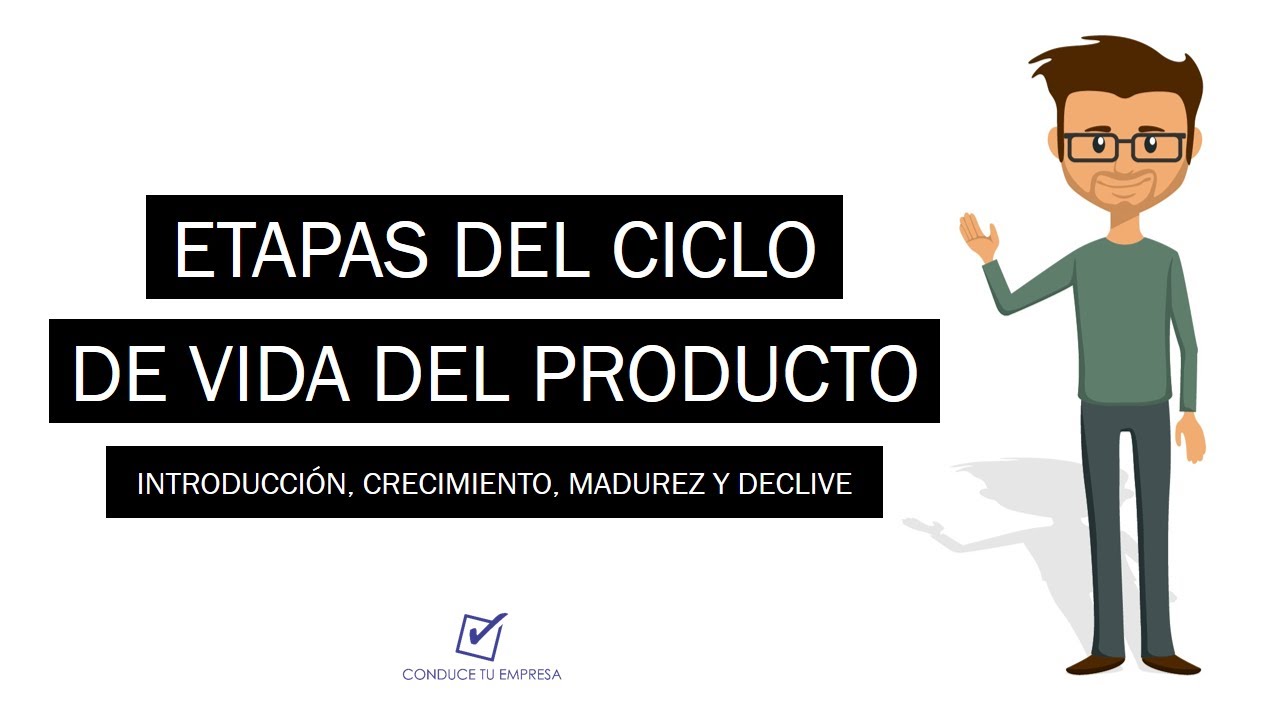Adventure of Life | Phase and Life Cycle Strategy | Quickly & easily
Summary
TLDRThe video presents an insightful overview of the Product Life Cycle, detailing its four key phases: Introduction, Growth, Maturity, and Decline. It emphasizes the significance of market research and strategic adjustments during each phase. The Introduction phase focuses on product development and market entry, while the Growth phase highlights brand recognition and capacity planning. The Maturity phase deals with established competitors and cost management, and the Decline phase urges companies to reevaluate their investments in underperforming products. Overall, the video encourages continuous learning and strategic adaptation in product management.
Takeaways
- 😀 The product life cycle consists of four main phases: Introduction, Growth, Maturity, and Decline.
- 📊 The Introduction Phase involves developing the product based on market research and exposing it to consumers.
- 🚀 In the Growth Phase, consumers start recognizing the brand, leading to increased sales.
- 🏆 The Maturity Phase signifies high consumer acceptance and the establishment of competitors in the market.
- 📉 The Decline Phase is characterized by a significant drop in sales, product popularity, and consumer demand.
- 🔍 During the Introduction Phase, companies may incur unusual expenditures for research, product development, and process enhancements.
- ⚙️ In the Growth Phase, stabilizing product design and effective capacity forecasting are crucial to meet increasing demand.
- 💡 The Maturity Phase requires firms to focus on cost control, reduction in product options, and improving production efficiency.
- 🛑 In the Decline Phase, management must decide whether to continue investing in products that are no longer profitable.
- 📈 Successful product strategies depend on periodic examinations of products and adapting strategies based on their life cycle position.
Q & A
What are the four stages of the product life cycle?
-The four stages of the product life cycle are the Introduction Phase, Growth Phase, Maturity Phase, and Decline Phase.
What happens during the Introduction Phase?
-In the Introduction Phase, the product is developed based on market research and is first introduced to the market, often incurring high costs for research and product development.
How does consumer recognition change in the Growth Phase?
-During the Growth Phase, consumers begin to recognize the brand, leading to increased demand and sales.
What are key strategies during the Maturity Phase?
-In the Maturity Phase, companies focus on high-volume production, cost control, and may reduce product options to maintain profitability and market share.
What challenges are faced during the Decline Phase?
-The Decline Phase is characterized by a significant drop in sales, popularity, and demand, leading management to consider discontinuing poorly performing products.
What is necessary in the Growth Phase regarding production capacity?
-Effective forecasting of capacity requirements is essential in the Growth Phase to accommodate increasing product demand, which may require adding or enhancing production capacity.
Why might a company invest in products during the Introduction Phase despite potential losses?
-Investing in the Introduction Phase can be necessary to fine-tune the product and establish effective manufacturing techniques, even if it leads to initial losses.
What factors influence strategic decisions throughout the product life cycle?
-Strategic decisions depend on periodic examinations of products and their positioning in the life cycle, as strategies must adapt as products progress through each phase.
What should management do with products that are in the Decline Phase?
-Management should consider discontinuing products in the Decline Phase unless they offer unique contributions to the firm's reputation or can be sold profitably.
How can companies ensure successful product strategies?
-Successful product strategies require identifying the best approach for each product based on its current life cycle stage and adapting strategies as necessary.
Outlines

Cette section est réservée aux utilisateurs payants. Améliorez votre compte pour accéder à cette section.
Améliorer maintenantMindmap

Cette section est réservée aux utilisateurs payants. Améliorez votre compte pour accéder à cette section.
Améliorer maintenantKeywords

Cette section est réservée aux utilisateurs payants. Améliorez votre compte pour accéder à cette section.
Améliorer maintenantHighlights

Cette section est réservée aux utilisateurs payants. Améliorez votre compte pour accéder à cette section.
Améliorer maintenantTranscripts

Cette section est réservée aux utilisateurs payants. Améliorez votre compte pour accéder à cette section.
Améliorer maintenantVoir Plus de Vidéos Connexes

Product Life cycle, 4 stages of product life Cycle

4 Tahap PRODUK + STRATEGI untuk Maksimalkan Cuan (Product Life Cycle)

Ciclo de vida del producto | Introducción, Crecimiento, Madurez y Declive

Product Life Cycle (With Real World Examples) | Strategic Management | From A Business Professor

Product Life Cycle in marketing

Pharmaceutical Product Life Cycle Management Strategies
5.0 / 5 (0 votes)
